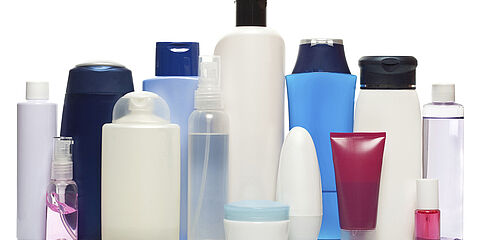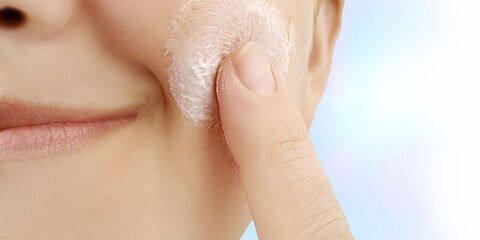DGCCRF and good practice in cosmetics: update on claims in 2021
In 2019, the DGCCRF noted a very large increase in the use of ‘organic’ and ‘natural’ claims. However, 20% of the claims identified were characterised as deceptive marketing practices. What are the current regulations? What can you communicate on your packaging? We summarise it all here*.
‘Free’ and ‘0%’ claims: what is prohibited

In order to provide operators with more details, the DGCCRF and ANSM have published a document concerning ‘free’ claims on cosmetic products.
- ‘Free’ of prohibited substances claims:
If the substance is already prohibited by regulations, these claims must on no account be mentioned on the product.
Examples: "free of corticosteroids", "not tested on animals"
- Unverifiable ‘free’ claims:
If there is a lack of reliability or evidence because the absence of the substance is not measurable, such claims are not permitted.
Examples: "free of endocrine disruptors", "allergen-free"
- ‘Free of [group or family of substances]’ claims:
Claims are prohibited if they concern groups or families of which certain substances are authorised and others are prohibited.
Examples: "paraben-free", "free of nanoparticles", "free of titanium dioxide"
- ‘Free of [specific substance name]’ claims:
For substances that are easily identifiable in the list of ingredients, ‘free’ claims are to be avoided.
Examples: "phenoxyethanol-free", "triclosan-free", "sodium laureth sulphate-free")
- Therapeutic claims for cosmetic products
The DGCCRF noted that many products make therapeutic claims. However, according to the definition of a cosmetic product in European Regulation 1223/2009 it cannot have a therapeutic function.
Accepted claims
- ‘Free’ and ‘0%’ claims:
Claims that provide useful information to consumers in connection with particular health problems, lifestyle or convictions are authorised. Examples: "free of sulphated surfactants", "contains no synthetic mineral oils", "alcohol-free"
If the information is difficult to identify in the list of ingredients, a ‘free’ claim may also be permitted.
Examples: "GMO-free", "free of substances of animal origin", "without preservatives"
- Claims highlighting ‘with’, ‘contains’, [specific substance name] :
If your advertising emphasises the presence of a substance, make sure that it is present in a sufficient concentration to have a real effect on the quality of the cosmetic product. In addition, the Product Information File (DIP) must also contain the necessary evidence.
The DGCCRF has issued a list of checkpoints and is planning to investigate this subject in 2021.
Note: Environmental claims are changing!
The AGEC Art. 13 Law (of 1 January 2022) will prohibit terms such as ‘biodegradable’, ‘environmentally friendly’ or their equivalent. In addition, compostable products or packaging must bear the words “do not dispose of in the environment” and must specify the percentage of recycled materials they actually contain. We previously wrote an article on this subject.
We analyse your products in our laboratory
WESSLING will perform an assay of the substances in your cosmetics (ingredients, active ingredients, restricted substances, prohibited substances). We will provide you with analytical evidence to include in the Product Information File, documenting the labelling of your cosmetic products and the authorised claims.
* Information based on the DGCCRF presentation at the Chartres Congress, 4-5 November 2020.
Read the document published by the "DGCCRF" and the "ANSM" (French version)
Your contact
- Frédéric Jeampierre
- +33 7 56 37 24 99
- frederic.jeampierre@wessling.fr




